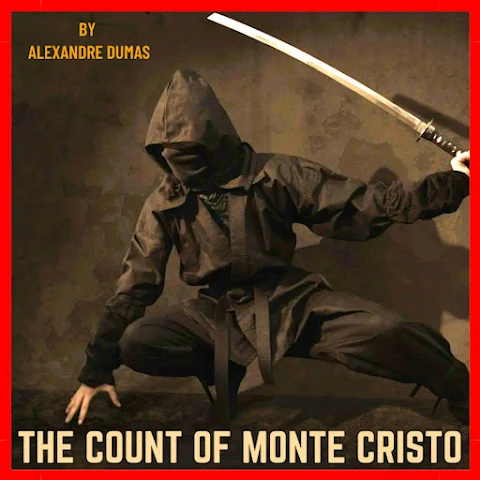Introduction: The Power of Accessible Prose
One of the most significant barriers to entry for classic literature is often the perceived difficulty of the language. However, The Count of Monte Cristo stands apart as a masterpiece that combines literary excellence with remarkable readability. Through Alexandre Dumas's clear, engaging prose style, the novel creates an ideal entry point for new readers while maintaining the sophistication expected of a classic work.
The novel's language accessibility proves especially valuable for first-time readers of classic literature, as it provides a gentle introduction to more formal writing styles without overwhelming the reader. This balance of readability and literary merit makes it the perfect first book choice for those beginning their journey into classic literature.
Listen on Spotify
Experience the accessible language of The Count of Monte Cristo through our professional audiobook narration. The clear narration enhances the novel's readable prose, making it even easier for first-time readers to appreciate this classic work while developing their literary comprehension skills.
Section 1: Clear and Engaging Prose Style
The Foundation of Accessibility
The Count of Monte Cristo's prose style creates an immediately welcoming reading experience:
Writing Style Elements
- Sentence Structure
- Clear, well-constructed sentences
- Varied sentence lengths for readability
- Natural flow and rhythm
- Balanced complexity and simplicity
- Narrative Voice
- Direct and engaging storytelling
- Clear point of view
- Consistent narrative tone
- Accessible description style
Section 2: Progressive Vocabulary Development
Building Literary Language Skills
The novel introduces new vocabulary in a way that naturally develops readers' language skills:
Vocabulary Features
- Word Introduction
- Context-supported new terms
- Gradual vocabulary building
- Natural word repetition
- Meaningful usage examples
- Language Growth
- Progressive complexity
- Literary term exposure
- Period-appropriate language
- Cultural terminology
Section 3: Dialogue and Character Voice
Natural Communication Patterns
The novel's dialogue contributes significantly to its accessibility:
Dialogue Elements
- Character Speech
- Natural conversation flow
- Clear speaker identification
- Distinct character voices
- Realistic dialogue patterns
- Communication Styles
- Social class distinctions
- Period-appropriate speech
- Emotional expression
- Cultural interactions
Section 4: Description and Scene Setting
Vivid Yet Accessible Imagery
The novel's descriptive passages balance detail with readability:
Descriptive Elements
- Scene Description
- Clear visual imagery
- Balanced detail level
- Engaging sensory elements
- Atmospheric creation
- Setting Development
- Progressive world-building
- Cultural context integration
- Historical detail balance
- Environmental immersion
Section 5: Translation and Adaptation Benefits
Modern Accessibility
The novel's various translations and adaptations enhance its accessibility:
Translation Elements
- Language Updates
- Modern translation options
- Contemporary language versions
- Cultural reference clarity
- Reading level adaptations
- Format Accessibility
- Multiple edition choices
- Digital format availability
- Audio version options
- Study guide support
Conclusion: The Perfect Language Gateway to Literature
The Count of Monte Cristo's accessible language style makes it the ideal first book for readers entering the world of classic literature. Through its combination of clear prose, natural dialogue, and progressive vocabulary development, the novel creates a reading experience that builds literary language skills while maintaining consistent engagement. This balance of accessibility and sophistication provides new readers with the perfect introduction to classical writing styles.
For those beginning their literary journey, the novel's language accessibility serves as both an engaging story element and an educational tool. The clear, well-crafted prose demonstrates how classic literature can be both sophisticated and readable, helping readers develop the language comprehension skills necessary for exploring other literary works. As readers navigate the novel's carefully constructed language, they naturally build the vocabulary and reading comprehension needed for their future literary adventures.
The Count of Monte Cristo thus serves as both an engaging first read and an invaluable language development tool, making it the perfect choice for beginning one's journey into classic literature. Its accessible yet sophisticated prose creates an ideal learning environment that prepares readers for exploring more challenging works while ensuring their first experience with classical writing is thoroughly enjoyable and rewarding.



